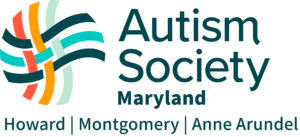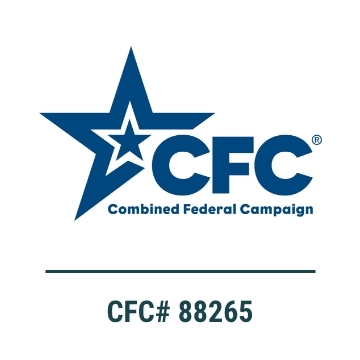by Eileen Hammar and Anne Malatchi
1. Be proactive
“Taking initiative does not mean being pushy, obnoxious, or aggressive. It does mean recognizing our responsibility to make things happen.”
Fundamental in our efforts to become proactive members of IEP teams is adopting an attitude that is collaborative, facilitative, and responsible. To be proactive requires a shift in our thinking from a deficit based model of education to a capacity model. Often, goals for IEPs are developed as a result of a label, or something that appears to be ‘wrong’–i.e. reacting to a behavior that others do not think is acceptable. Proactive goals and objectives are based on the premise that the entire team is responsible for making things happen. “John will use a transition object such as a computer disc when it is time to go to computer class.” The team realizes if John knows in advance it will soon be computer time, and can carry something with him to remind him where he is going, he will be less likely to exhibit challenging behaviors when asked to go to computer class.
2. Begin with the end in mind
“(This habit)…is based on imagination– the ability to envision, to see the potential, to create with our minds what we cannot at present see with our eyes…”
Before developing an IEP, learn about the student. Be able to envision the future, the possibilities. What are his or her dreams? Nightmares? What are the learner’s strengths and needs? Where does he or she want to live after school? What kind of job would be fulfilling? It has been too easy in the past to look at the small picture instead of determining what the end of the journey will look like. Once that picture is clear, it makes it makes sense to decide what must be taught in order to get there.



























